Wrinkle reduction treatments are great for preventing, eliminating or softening unwanted wrinkles. There is science that goes behind muscle anatomy and relaxing the muscles. Our faces are made up of approximately 43 muscles. Some muscles lift certain facial features (elevators) while others tend to drop them (depressors). Understanding muscle location, their mode of action and how this specific treatment can help reduce wrinkles as well as make facial features harmonised, lifted and rejuvenated.
FAQS
How does it work?
This treatment option helps reduce wrinkles by relaxing muscle movement, limiting dynamic lines (wrinkles made upon expressions) and preventing permanent wrinkles or static wrinkles from becoming deeper. It softens the overall facial appearance, giving you a more youthful and refreshing look.
What areas can be treated?
Areas that can be treated are generally “Frontalis” (forehead lines), ‘Glabellar complex’ (frown lines) and lateral Orbicularis oculi (Crows feet). Other areas include bunny lines (lines on nose), brow lift, gummy smile treatment, chin dimpling, lifting a downward smile (DAO), jawline slimming and even treating hyperhydrosis (underarm sweating).
How long does it take to kick in?
It takes about 3-14 days for results to take effect.
How long does it last?
Results usually last up to 3-4 months however individual results may vary. Best results are seen between the 4-8 week mark. Between the 8-12 week mark, there is a gradual return to muscle activity. Once muscle is active again after 3 months, you will notice lines slowly returning whereby clients can have the treatment again.
What are the side effects?
As with any medical procedure, there are some risks involved in the treatment. Majority of the risks are prevented through screening patient eligibility, infection control and good after care for 2 weeks post treatment. Clients may experience little mosquito looking lumps for an 1-48h post treatment, bruising and swelling can also occur. Rare risks of eyelid ptosis, eye brow droop can also happen and that is why strict after care needs to be followed.
Who cannot have the treatment?
Contraindications: Clients who may have certain known allergies to product discussed in consult. Not for use during pregnancy/breastfeeding or those trying to conceive. Not for use to anyones under 18 years of age.
Aftercare advice:
- Remain upright and elevated for 4 hours post-treatment.
- Avoid exercise, exposures to hot/cold temperatures such as hot showers, saunas for up to 48 hours post-treatment.
- Avoid massaging the treated area for at least 48 hours post treatment
- Follow up review 2 weeks post treatment

Areas that can be treated:


Treatment is performed on the forehead area to help smooth out horizontal lines, giving a tighter and more clear texture in appearance
Treating the Glabellar complex also known as the frown area, helps to prevent the action of frowning hence reducing the lines that form as a result from frowning.
This muscle acts almost like a sphincter around the eyes. As we age, it’s constant action creates horizontal lines on the sides of the eyes. By relaxing the lateral side, it helps to smooth out wrinkles creating a more open and lifted eye appearance. A slight brow lift is also achieved by adding anti wrinkle to the upper part of the eye brow area.
This muscle acts as a sphincter around your mouth. It us used when we talk, eat, purse our lips, whistle etc. As we age, we develop lines around the lip via the constant use of this muscle as well as loss of collagen, elastin and fat. Clients who like a more of a lift to the lip effect may benefit with a small amount to the upper part of the lip. It relaxes the orbicularis oris muscle where in turn creating a lift effect. It may last 4-6 weeks. Some clients may experience a bit of an odd sensation like dribbling when gargling and drinking until it settles.
The mentalis muscle is located in the chin area. It is responsible for causing puckering and dimpling of the chin. As we age, this muscle also tends to elevate. Treating the mentalis muscle, can help create a smoother appearance to the chin, dropping it slightly lower.
Is the muscle that pulls the corners of the mouth downwards when doing the sad face or “Eee” sounds. Relaxing the DAO muscle, will help lift the corners of the mouth, creating a happier look to the lower face area. It works best when treatment is performed together with the mentalis (chin) muscle.
Our Masseter muscles are located in the jaw area. This muscle help us chew food, clench and can also contribute to the unwanted teeth grinding effects. Some people may have naturally larger masters while others may have gained stronger masters over time via usage eg: constant jaw clenching, chewing and teeth grinding. Jawline slimming is a procedure takes effect after 2-4 weeks, results such as slimmer facial appearance can be seen. For clients who clench a lot or grind their teeth may benefit to seek advice via an orthodontist for evaluation.
This muscle is a large muscle that covers the neck area in bands “platysmal bands”. It is responsible (along with loss of collagen and elastin) for creating horizontal neck lines and pulls the face in a downwards position. By treating the platysmal bands, it helps create a smoother neck area as well as a slight lift effect to the lower face.
Treats the horizontal lines on the nose area.


